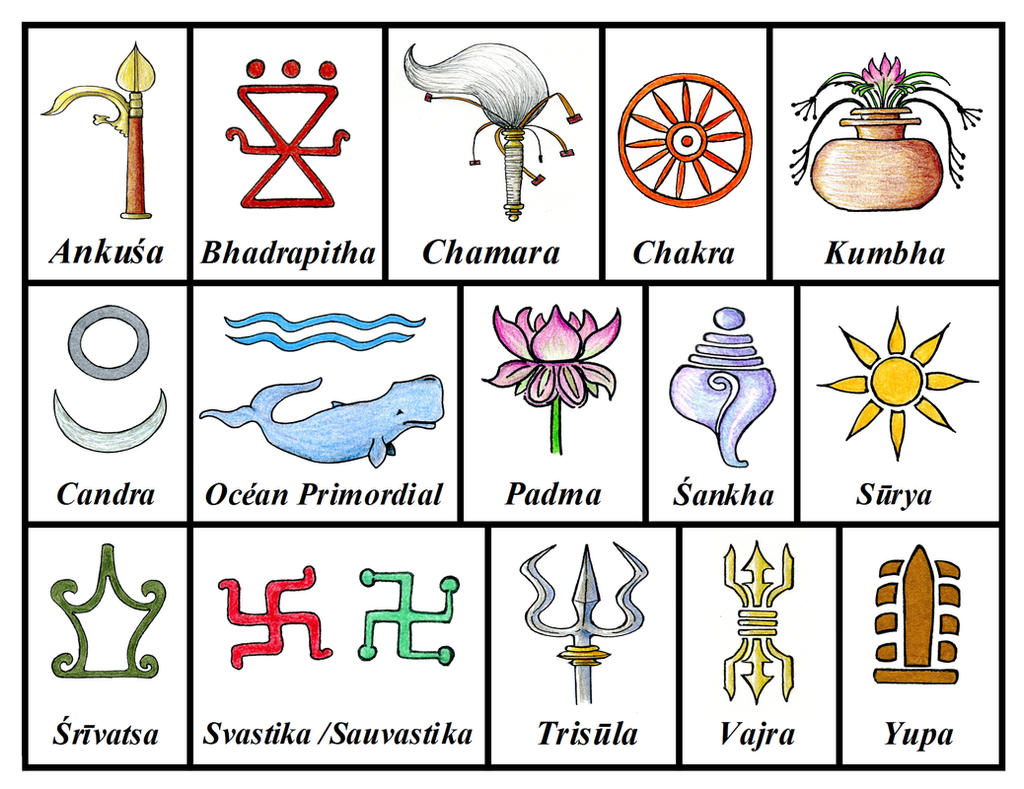Iconography involves the analysis and interpretation of imagery and symbols along with visual elements that appear in art and additional cultural settings. Iconography requires us to interpret visual elements to uncover deeper meanings beyond surface aesthetics.
All across India innumerable inscriptions suggest that temples were not only a place of worship but also a hub which cultivated various aspects of Indian culture. For more than three thousand years, rulers and their dynasties constructed temples to sustain their spiritual devotion and traditions while highlighting certain benefits such as peace, prosperity, fame, fertility, and liberation in sacred texts. In contrast, there has been a steep decline in the construction of temples in the last two centuries which has resulted in their design’s rich science, symbolism and artistry gradually being lost.
In modern day, temples are primarily viewed as places of Hindu worship, with the average devotee possessing little appreciation of the intricate carvings and sculptures involved. Every detail of the temple architecture was designed to convey and leave behind profound wisdom which was meant to inspire those that came after. Unfortunately, societies enduringly seem to have lost touch with the wisdom. Temples have risked being postponed to mere buildings stripped off of their essence due to the erosion of knowledge and understanding.

Identification: The identification process in iconography requires artists to name and recognize the subjects, figures, objects and attributes present in artworks. A clear example of iconography involves identifying Zeus due to his possession of a thunderbolt or recognizing Shiva by his third eye.
Description: The description of these elements includes details about their body positions, motions, attire and the environment around them.
Classification: Artworks across different periods or cultures get grouped through the identification of common themes, symbols or motifs. This helps to establish conventions and patterns.
Interpretation: Investigating the deeper meanings incorporated within these visual elements. This often requires knowledge of:
Unlocks deeper understanding: Through this approach we advance from basic picture observation to full understanding of its underlying message and represented concepts.
Reveals cultural insights: The study of iconography offers insight into how different societies expressed their values and beliefs throughout history.
Transcends language barriers: Visual symbols enable communication across language boundaries which makes complex concepts understandable to diverse audiences.
Enriches appreciation of art: Art viewers develop a profound connection with art pieces through their comprehension of symbolic language which allows them to value their intricate complexity and artistic brilliance.
Applicable beyond traditional art: These days, you’ll find the use of iconography principles extended to fields like media studies—say, analyzing the iconography of a film genre—semiotics, and even UX/UI design where we have universal understanding of certain icons like a “trash can” for deleting something.